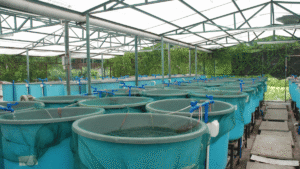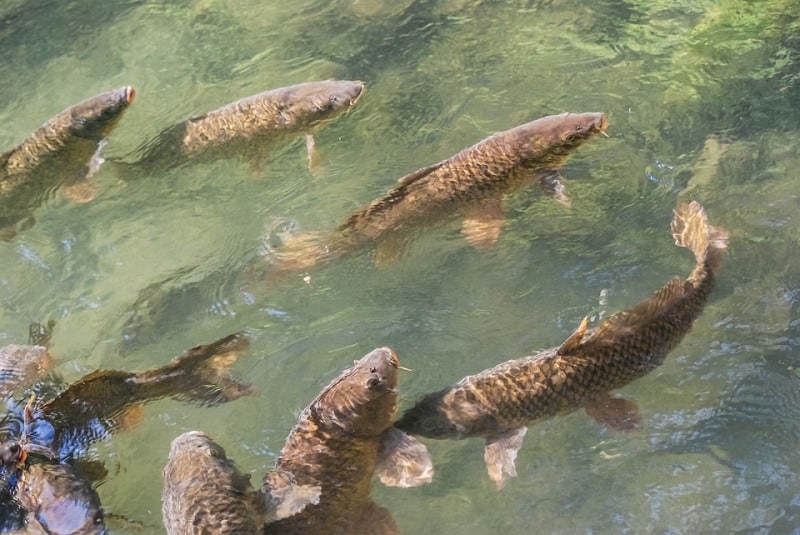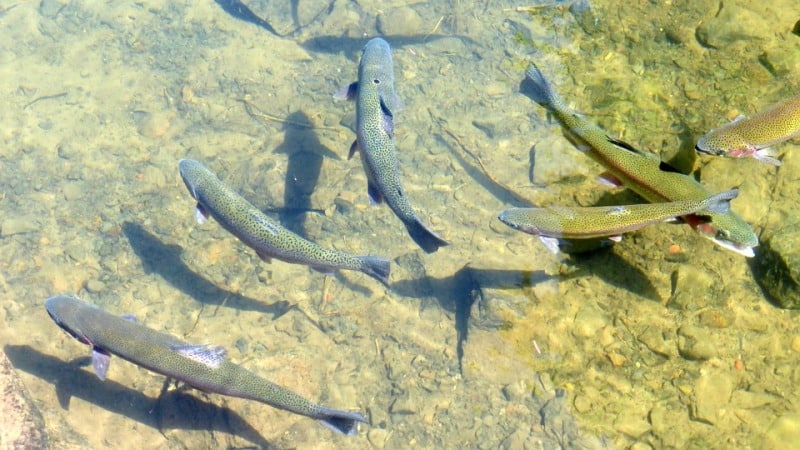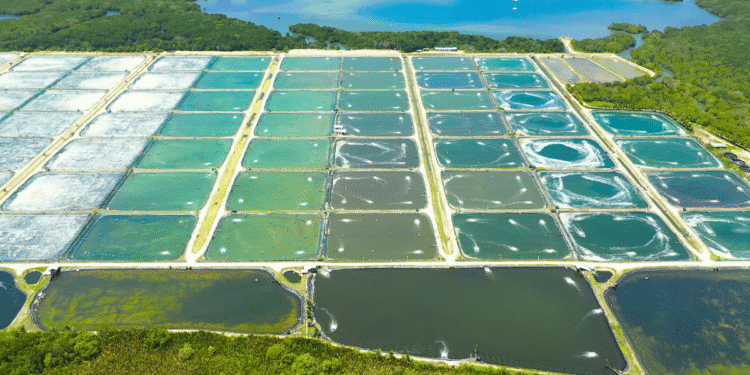With its huge coastline of 7,517 km and EEZ (Exclusive Economic Zone) of 200 nautical miles, a network of lakes, rivers, and several other inland water bodies, the largest peninsula in the world can easily surpass any other nation in fish output.
In rural India, a large population, particularly the younger age, can be employed in the fishing industry. Exports of Indian seafood have increased over the years, with numerous Indian brands appearing on the favoured list of Europe, America, and other developed countries. In 2014, India’s seafood exports totalled $5 billion. Processed seafood is currently in high demand both globally and in India. Processing and value addition can be done in MSME units once the source has been taken care of.

In 2018, India’s overall fish production was expected to be 6.24 million metric tonnes (MMT), accounting for about two-thirds of the country’s total fish production from combined capture and culture sources. Freshwater aquaculture accounts for the majority of the expansion in the fish farming industry, as marine finfish culture is rarely conducted on a substantial scale.
Freshwater fish accounts for about 12.8 per cent of total animal protein consumed in India. Historically, multi-species systems were used in Indian freshwater fish farming. Natural fish food creatures were created by mixing organic and inorganic manure with water, and a variety of species eat it depending on the pond’s trophic structure.
For a long time, India relied solely on pond-based fish farming systems, and it hasn’t given much thought to other choices for diversifying culture systems, which might considerably improve fish productivity. Freshwater fish cage farming has recently become popular in a few Indian districts. Indeed, until 2008, the lack of extruded floating fish meals was a barrier to the development of cage culture, but this barrier has already been surmounted.
Markets
The majority of freshwater fish is delivered to markets in a fresh or iced state. Some are transferred live to assist fetch greater rates if it is close to markets. Carps are in high demand in several large marketplaces, such as those in the West Bengal province.
The province’s indigenous population enjoys eating fish, and farmers and dealers work hard to bring fish to such appealing locales.

In India, it is usually the fish traders who pick up fish at harvest and sell it to different markets for a greater price. Fish is not frequently available throughout the day in markets; it is sold for a limited time in the mornings or evenings, limiting the reach of flies.
Challenges For Fishing Sector
To further grow its fish farming sector, India must face a number of hurdles, including the following technological issues:

- The country’s sector is built around a few fish species – carps, pacu, and pangasius – and expanding this basis will boost fish production.
- Overproduction centred on fewer species leads to an overabundance of specific fish kinds, resulting in price decreases and volatility.
- There are no other possible aquafeed-consuming species or high-value fish in India, which should be taken into account when introducing new species. Tilapia cultivation, for example, has yet to take off in the country.
- Diversification of species will help to stabilize prices while also increasing demand for formulated aquafeeds.
- Traditional methods of freshwater fish farming – vast ponds, no water exchange, no draining, and no bottom sediment removal – continue to be used, which sometimes result in disease-promoting circumstances.
Also Read: Tata Cornell Institute Builds Hub For FPOs With $1 Million Grant By Walmart Foundation












Comments 1